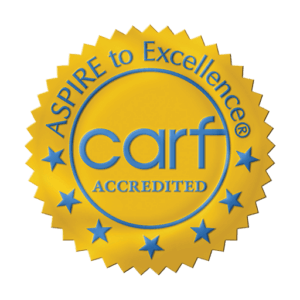The choices our brain makes may seem smart, but could actually leave disastrous results for our bodies. For example, drugs and alcohol may have empty calories, but our brains still crave them because of how they make us feel. Recently, the University of Illinois decided to use a sea slug to study the cravings of addiction.
What Happened in the Study?
The sea slug, ASIMOV, had artificial nerves that made it easier to evaluate when and what to eat based on past experiences. The program utilized software that represented an experience of reward. Using this sea slug, the University of Illinois wanted to recreate addiction.
The pet slugs had a hedonistic setting switched to high, which would force it to limit its hunger while seeking pleasure. ASIMOV quickly learned to eat nutritional food while putting harmful food aside. In times of extreme hunger, however, it would eat anything it could get access to.
What Happened When a Third Choice was Included?
The third choice given to the sea slug was called “the drug” and had no nutritional value. Every time the slug indulged in this option, the reward was less pleasurable. This is what happens when you develop a tolerance to a drug.
Eventually, you hardly feel the effects of the drug, which makes you want more and more. The sea slug craved more of this high, which caused it to seek the drug all the time instead of food. ASIMOV started dealing with withdrawal symptoms, which made it seek out the drug because the reward experience was getting shorter and shorter.
What Happened to ASIMOV?
The sea slug was sent to cyberslug rehab. With no digital drug in its sight, the slug started to get clean and regain its previous sensitivity to the drug’s effects. To recap, a sea slug was introduced to a substance that provided only pleasure. It began to seek more of the drug and ignore food. When it could no longer acquire the drug, it continued to desperately seek it.
Experiments like this could provide insight into new treatments or new kinds of therapy. Even though this sea slug was digital and experimental, ASIMOV could give us a unique perspective of what the human brain is like when battling substance abuse disorder and alcoholism.
Addiction can lead to dangerous consequences, including withdrawal symptoms and malnourishment. At Alta Loma, you can learn all about controlling your withdrawal symptoms and get access to the best treatment possible for addiction and mental illness. This program includes medication-assisted treatment, recreational activities, 12 step programs, CBT, MI, DBT, nutrition courses, and more. For more information, please call us at (866) 457-3843.






